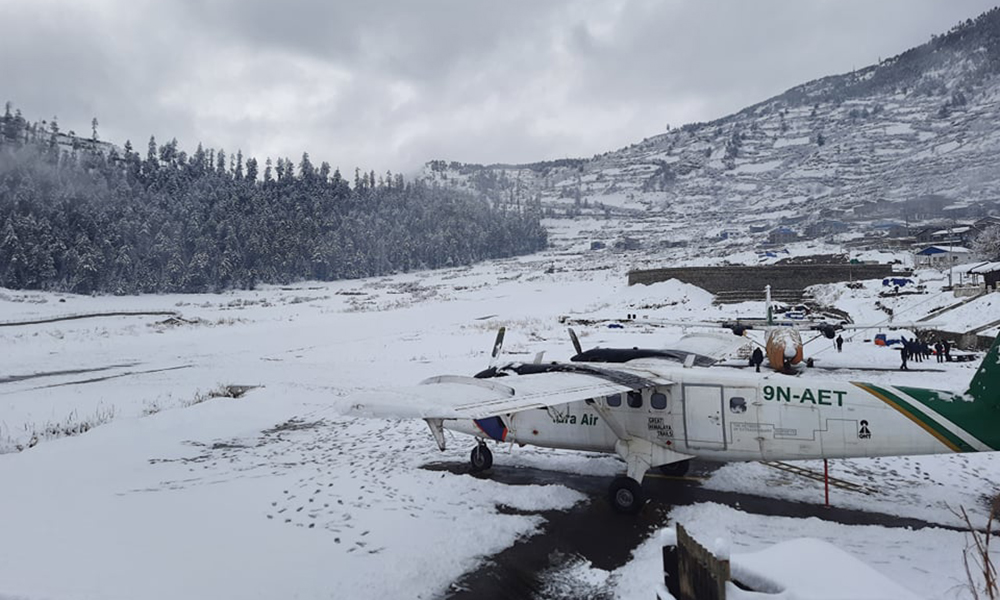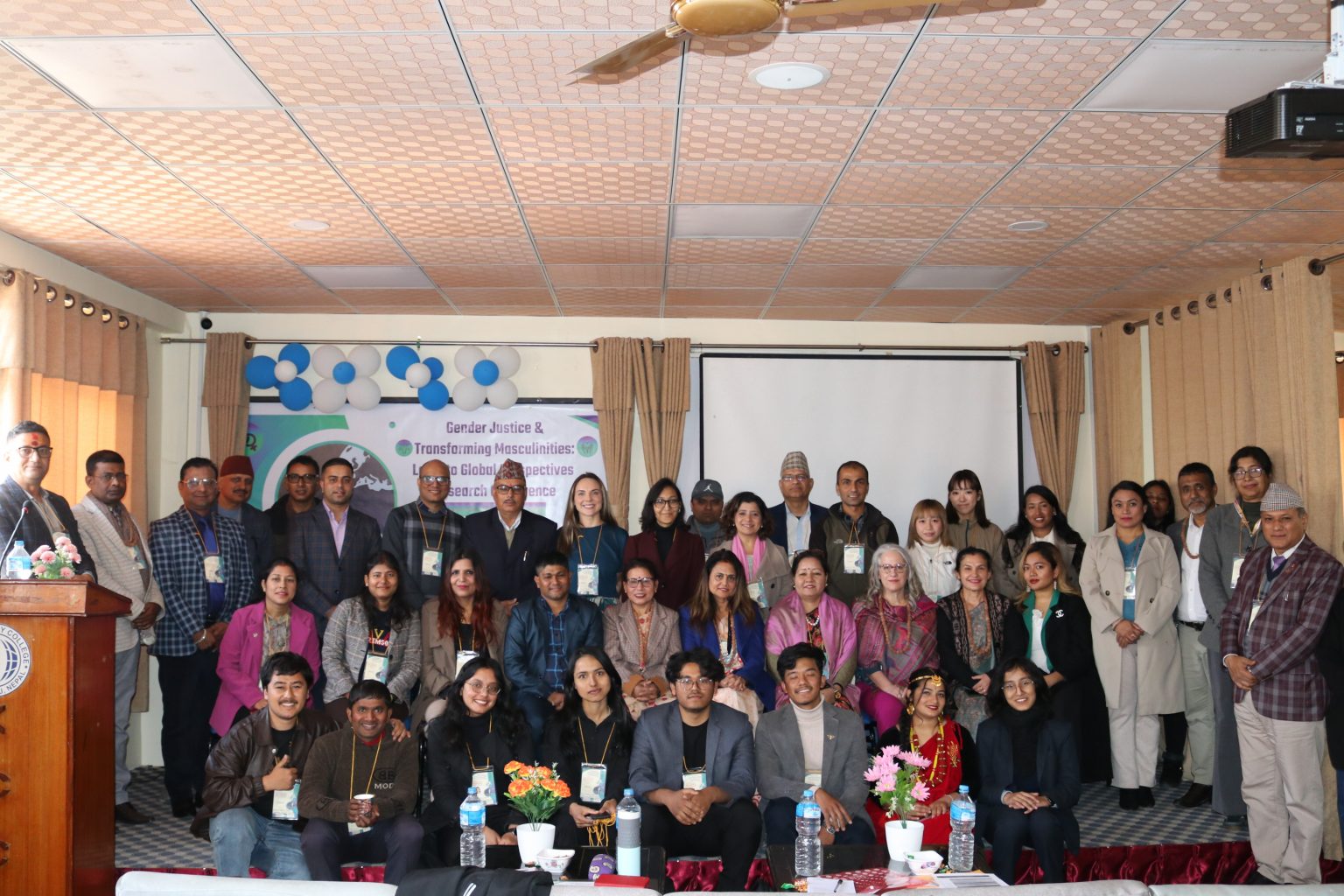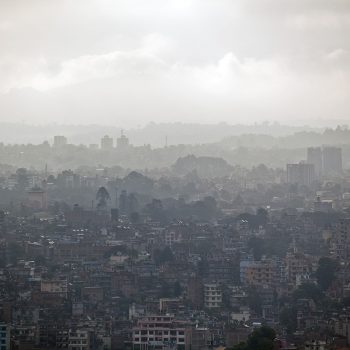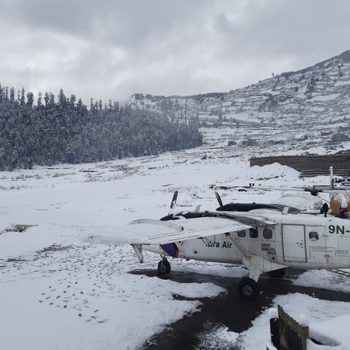Indian army searching for 23 soldiers who went missing after flash flood
 NepalPress
NepalPress
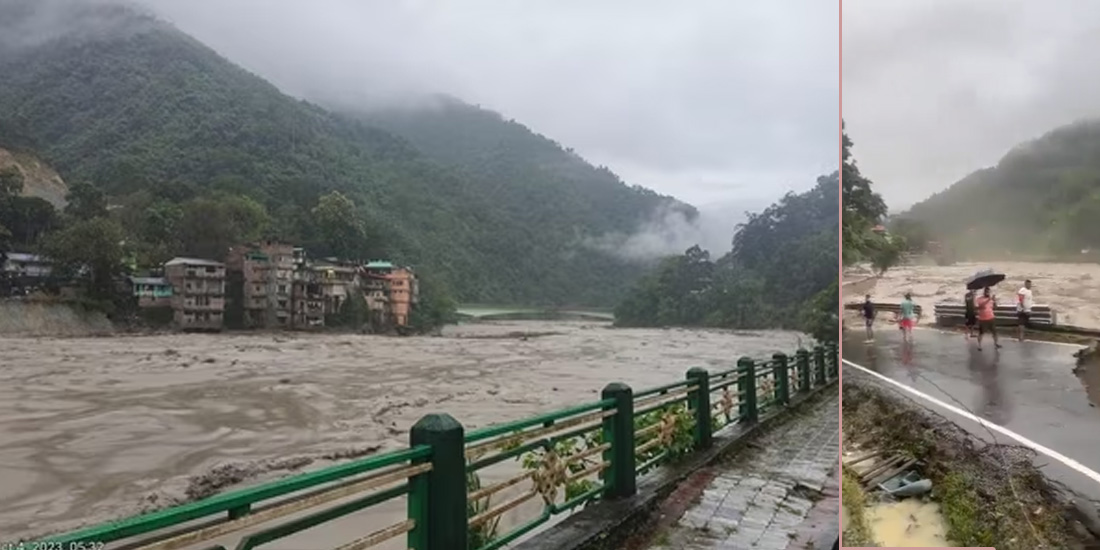
Heavy rain has hampered the search for 23 Indian soldiers who have gone missing after a flash flood in northeastern Sikkim state, with the capital city of Gangtok cut off by road, defence officials said, Aljazeera reported.
The rain lashed a valley about 150km (93 miles) north of Gangtok, located along the border with China.
“Due to sudden cloud burst over Lhonak Lake in North Sikkim, a flash flood occurred in the Testa River … 23 personnel have been reported missing,” the army said in a statement on Wednesday. “Search operations are under way.”
A defence spokesperson based in Guwahati in the neighbouring Assam state said, “Some army establishments along the valley have been affected.”
Rising water submerged some vehicles following the release of water from a dam, the spokesperson said, according to Aljazeera.
The remote area lies close to India’s border with Nepal, and Lhonak Lake sits at the base of a glacier in the snowy peaks that surround Kangchenjunga, the world’s third-highest mountain.
The army said water released upstream from the Chungthang dam meant the river was already more than 4.5 metres (15 feet) higher than usual.
About 15,000 people living in the vicinity are likely to be affected and at least eight major bridges have been washed away along the banks of the Teesta River, VS Pathak, chief secretary of the state, told Reuters news agency.
A video released by an Indian army spokesperson showed a thick torrent of raging brown water sweeping down a thickly forested valley, with roads washed away and power lines ripped down.
India’s weather department has warned of landslides and disruption to flights as heavy rain is predicted in some parts of Sikkim, Aljazeera reported.
Flash floods are common during the monsoon season, which begins in June and normally withdraws from the Indian subcontinent by the end of September. By October, the heaviest of the monsoon rains are usually over.
Experts say climate change is increasing their frequency and severity.



